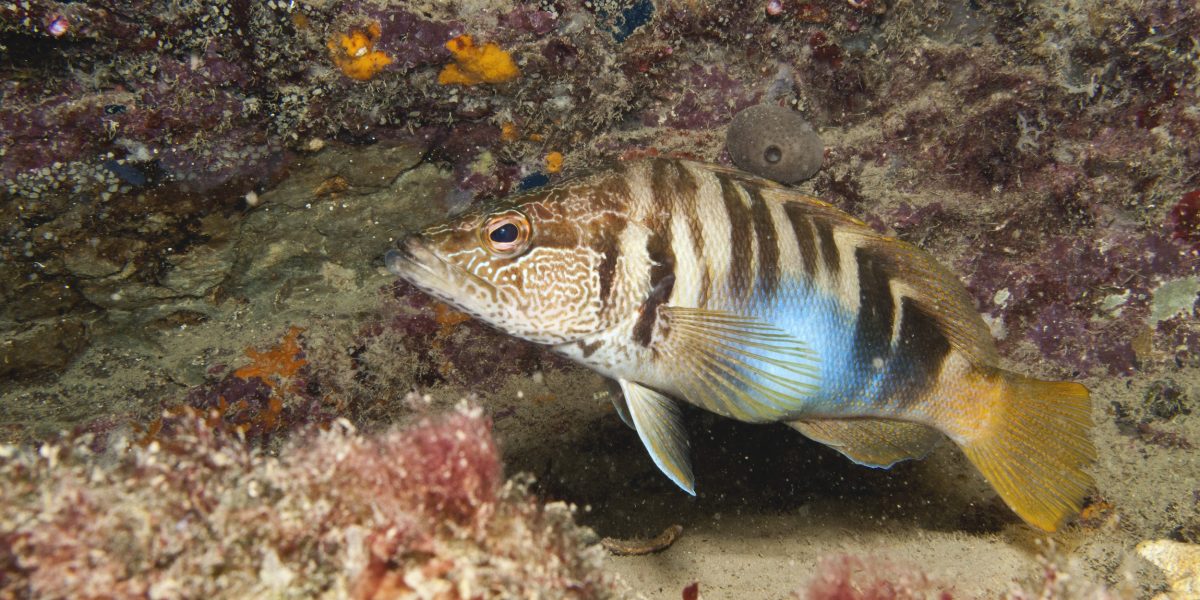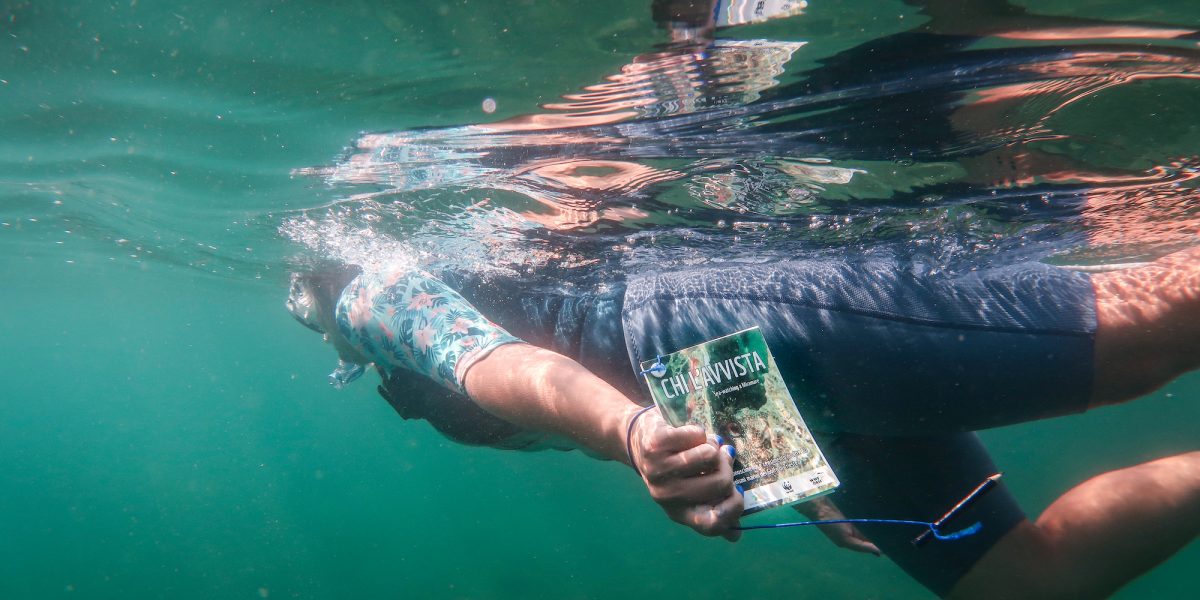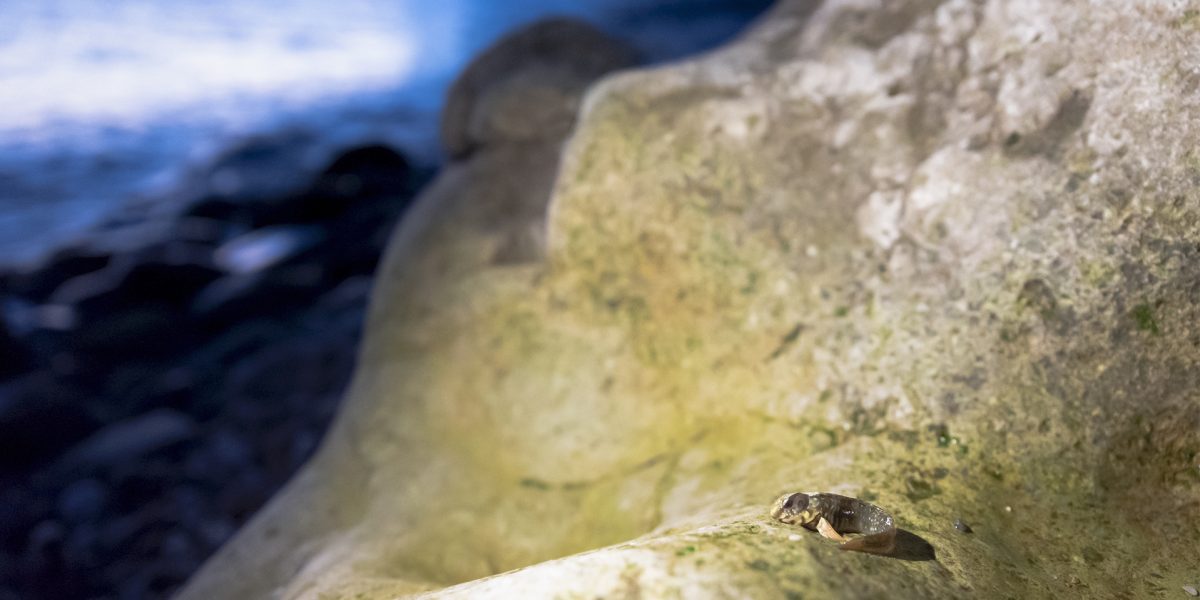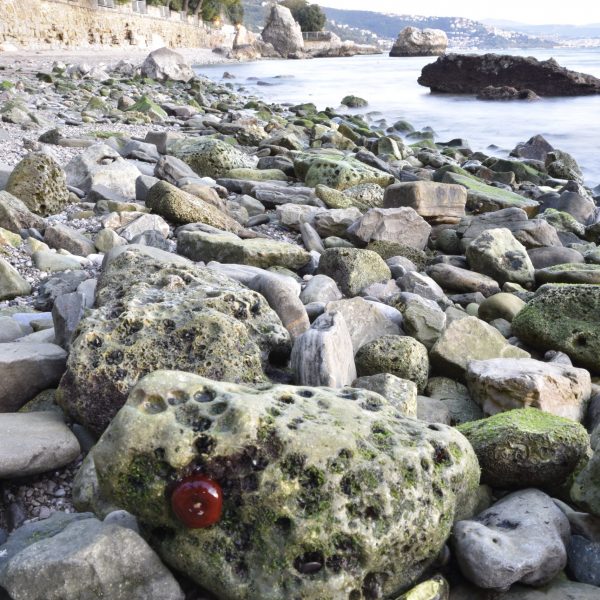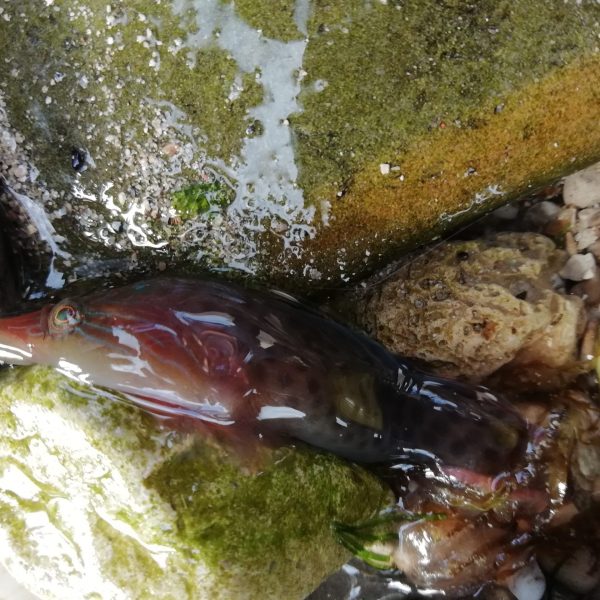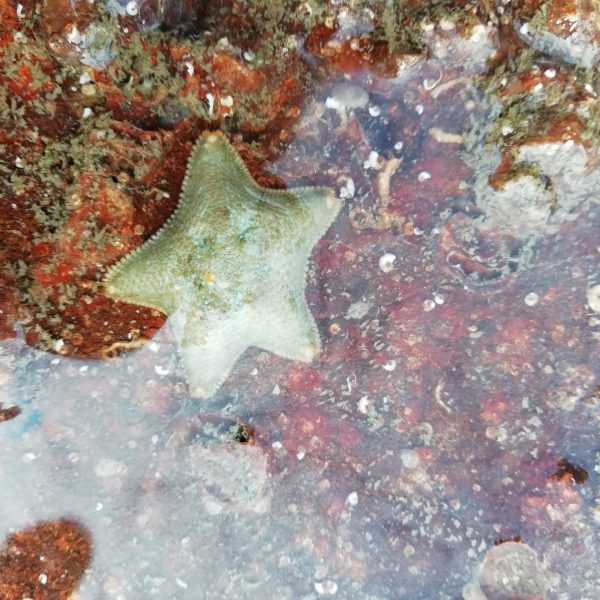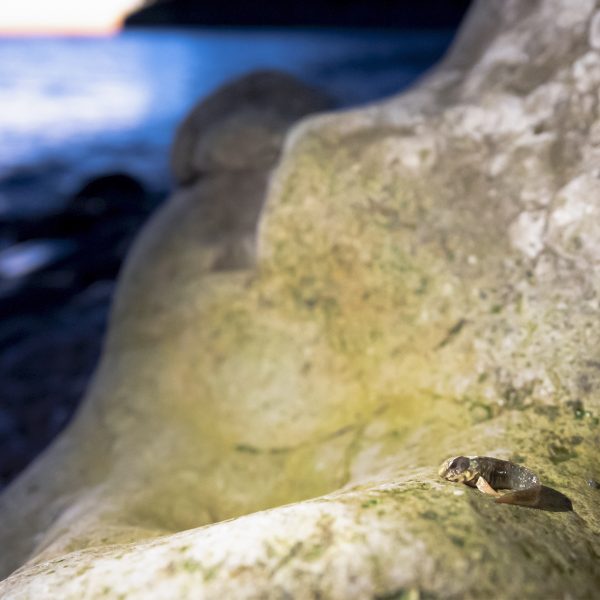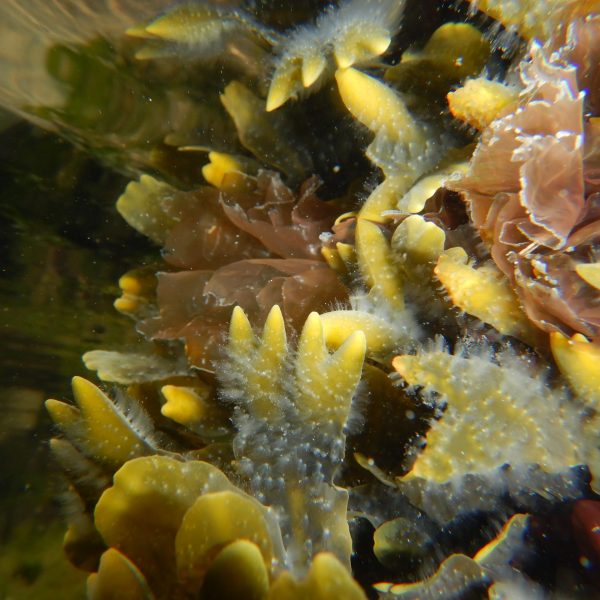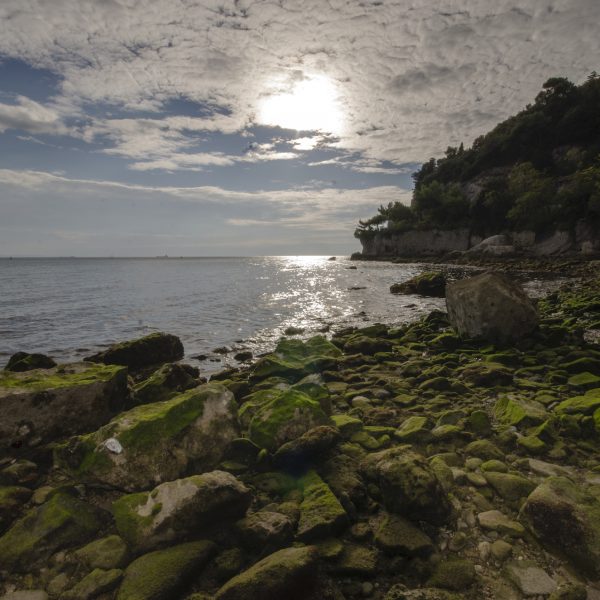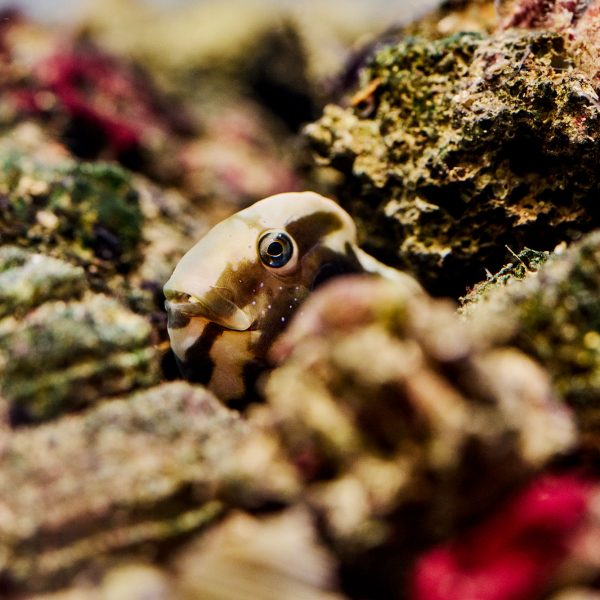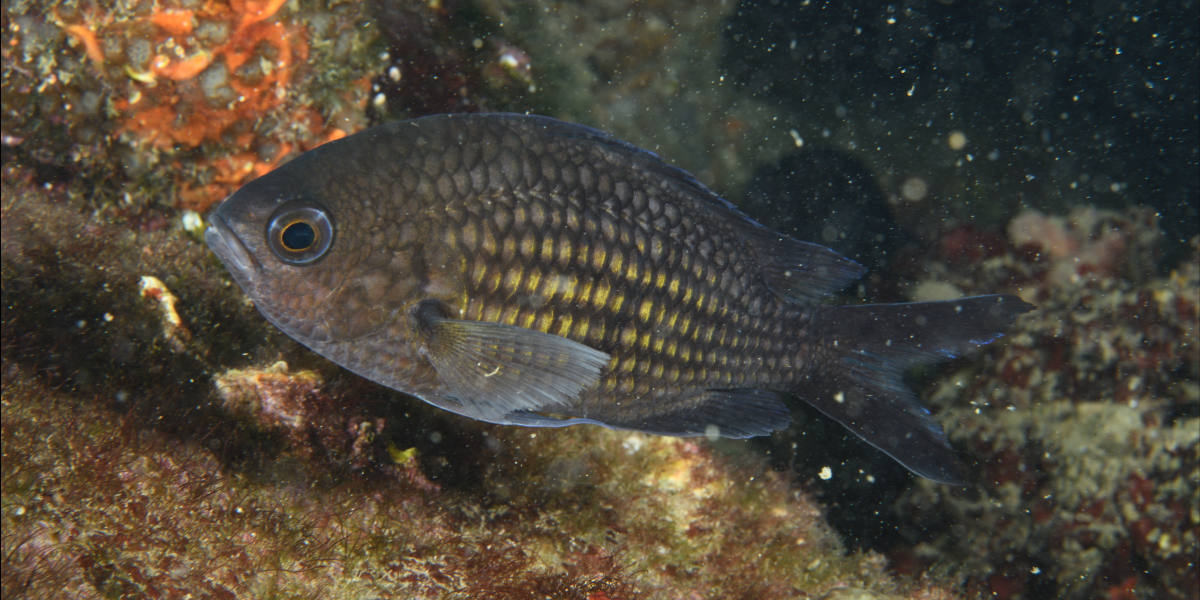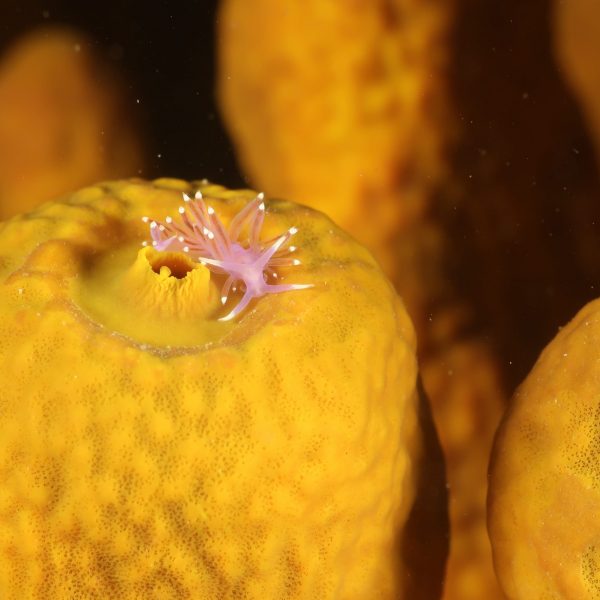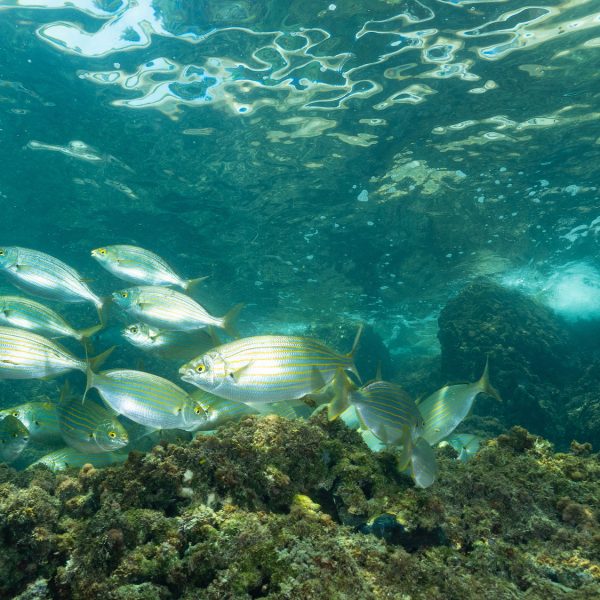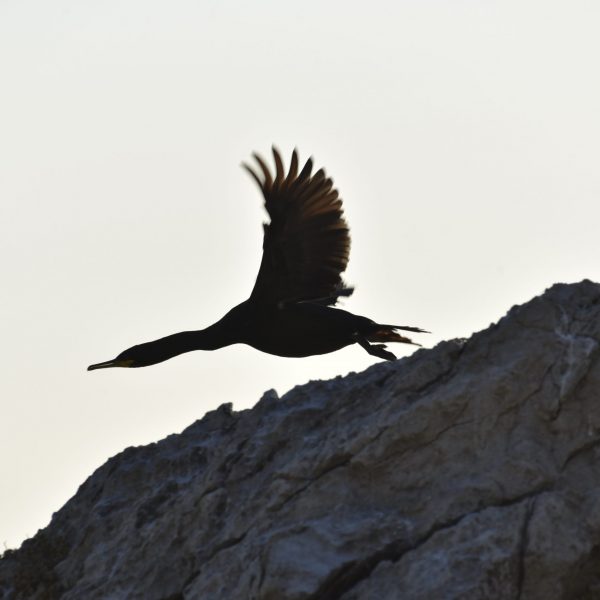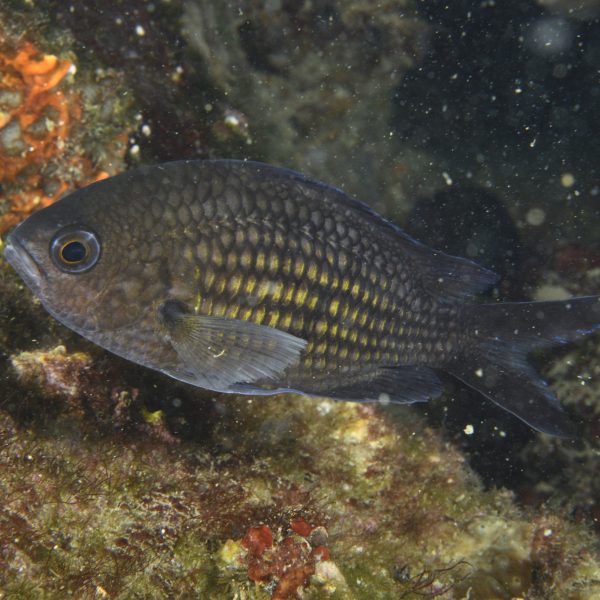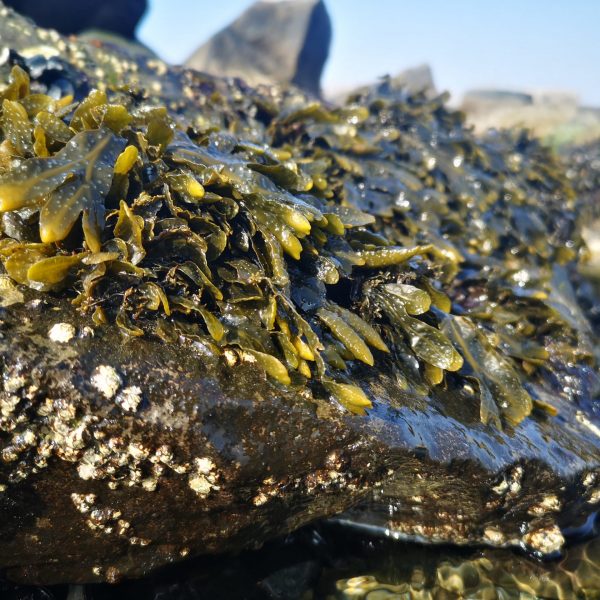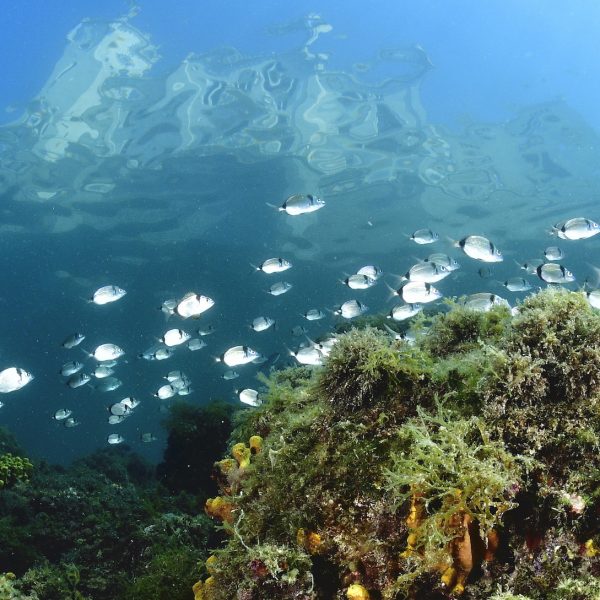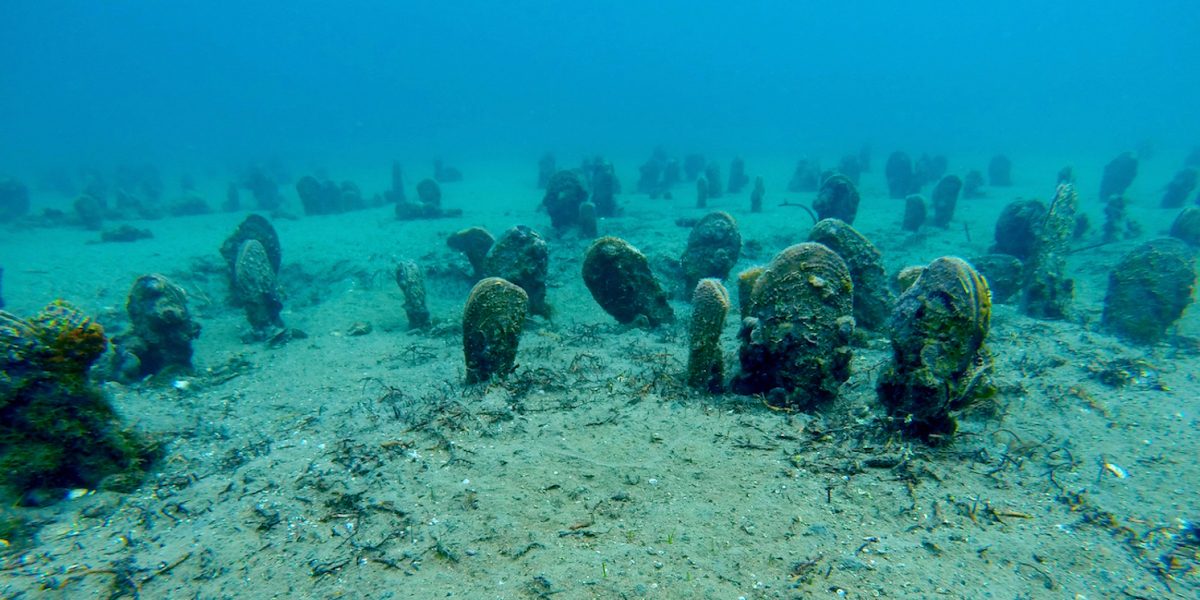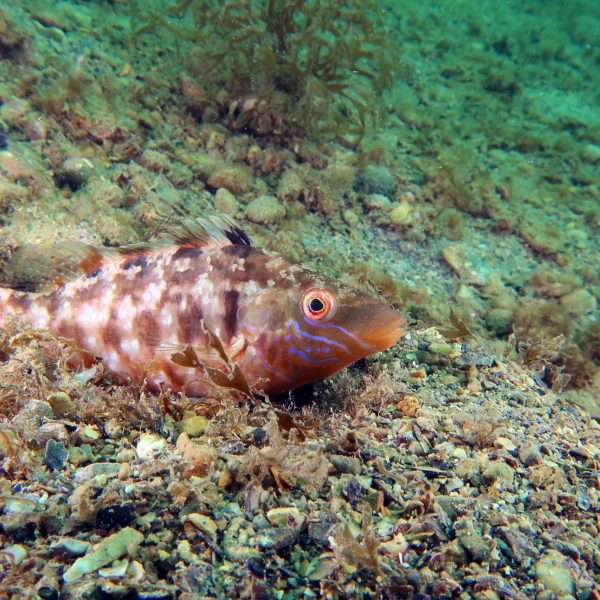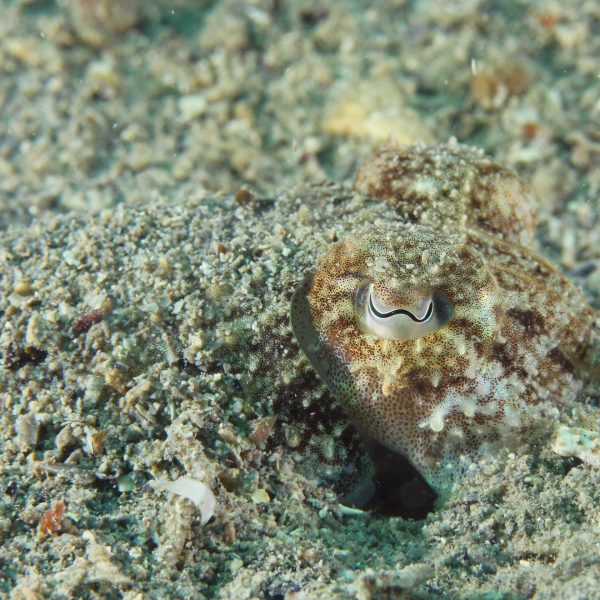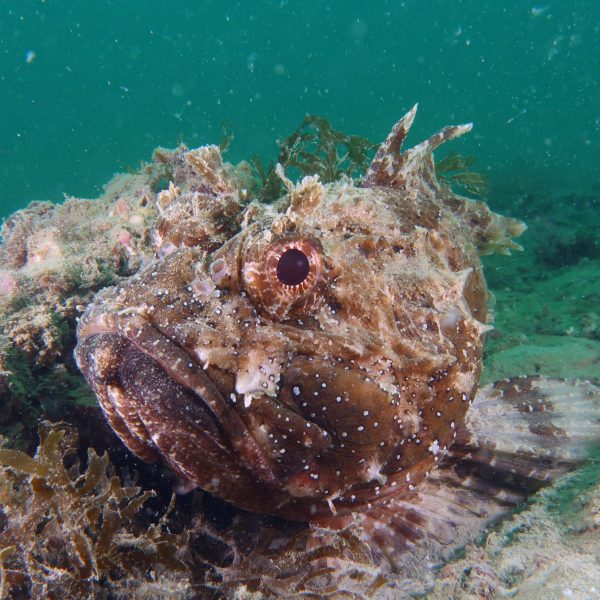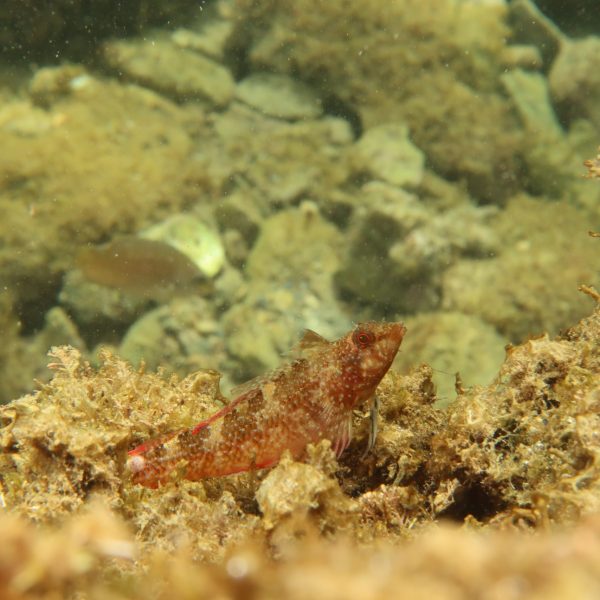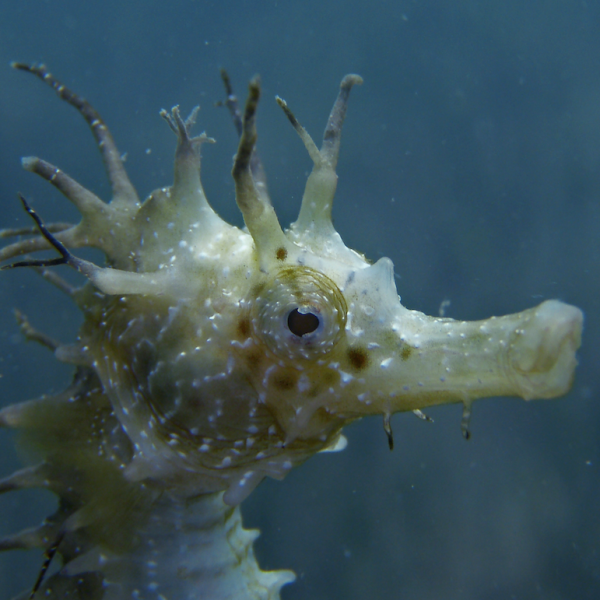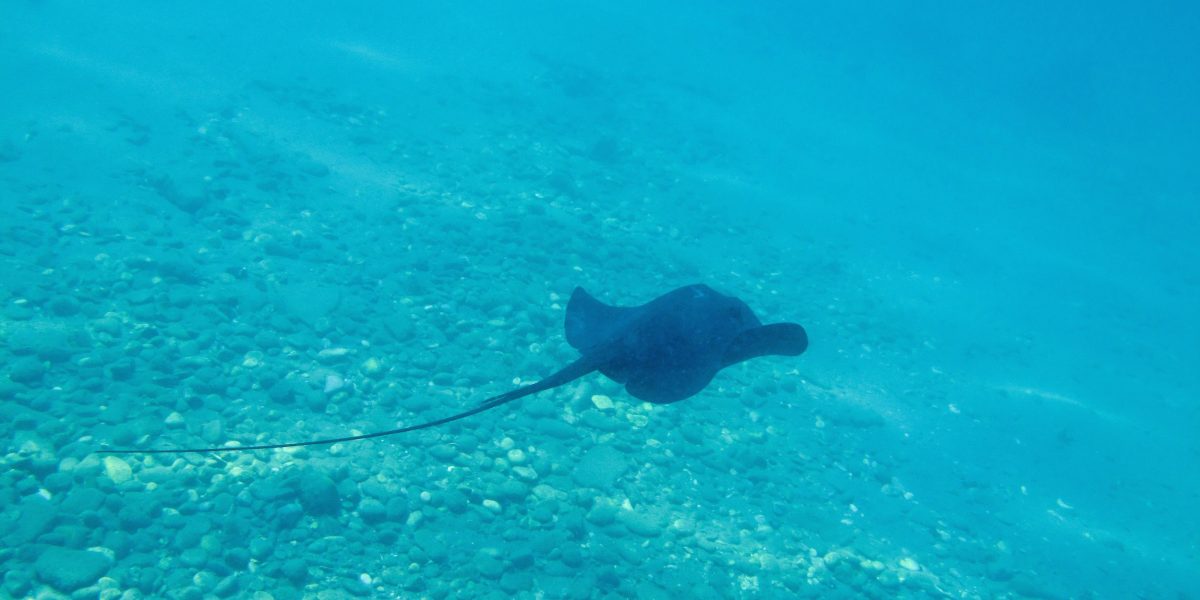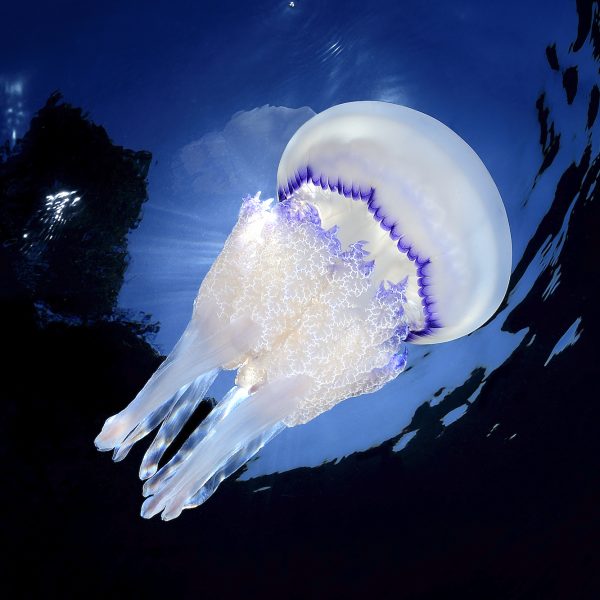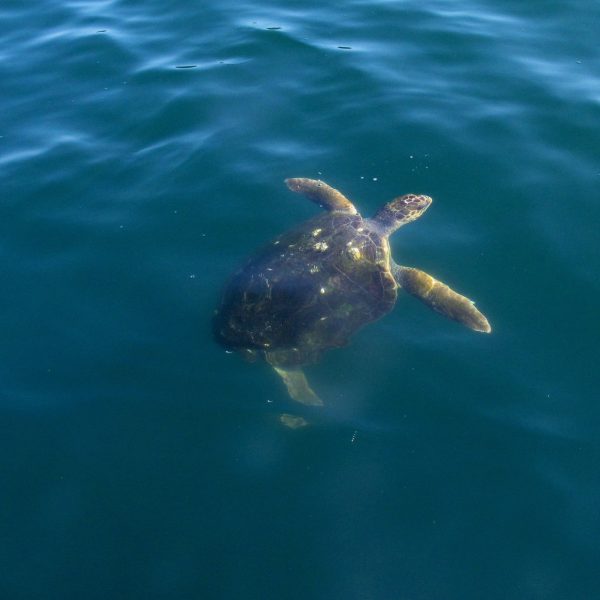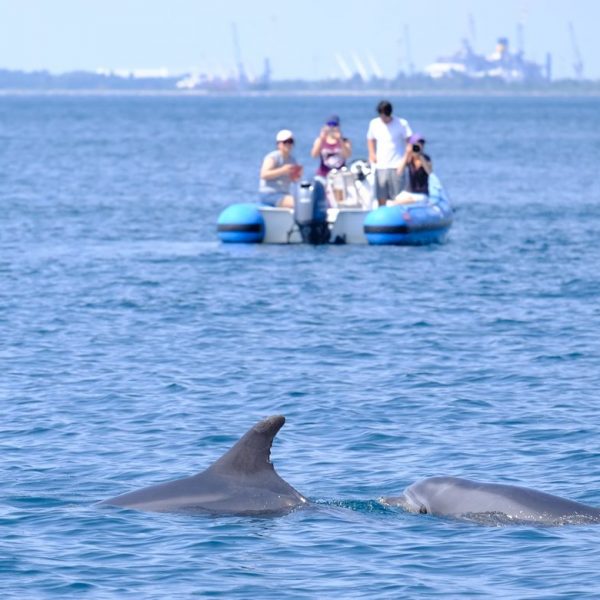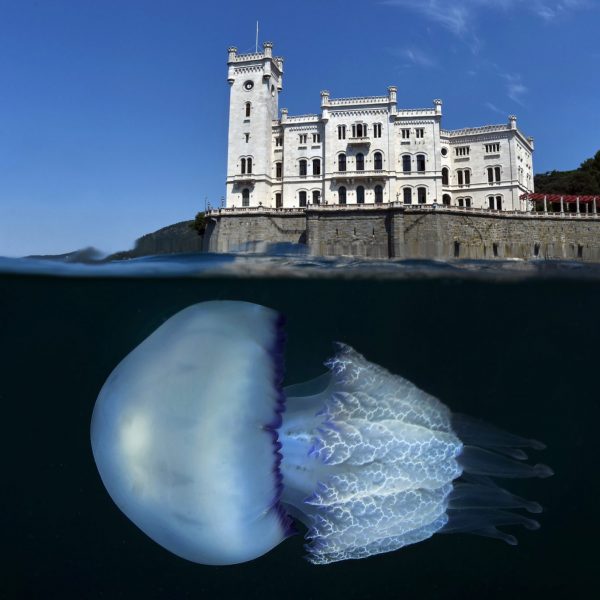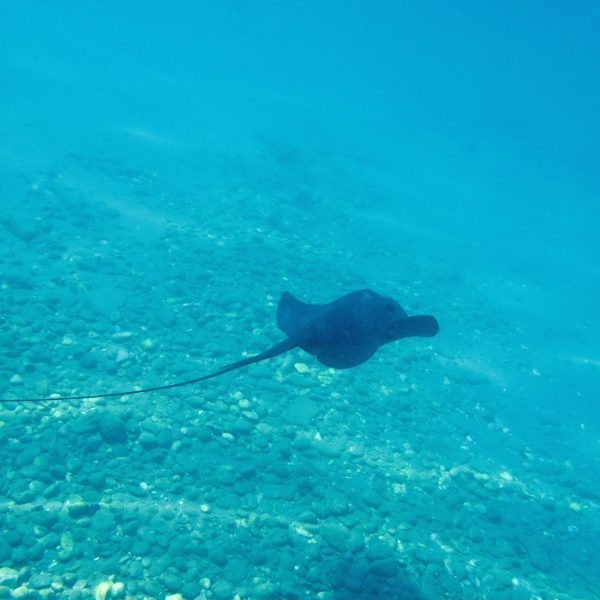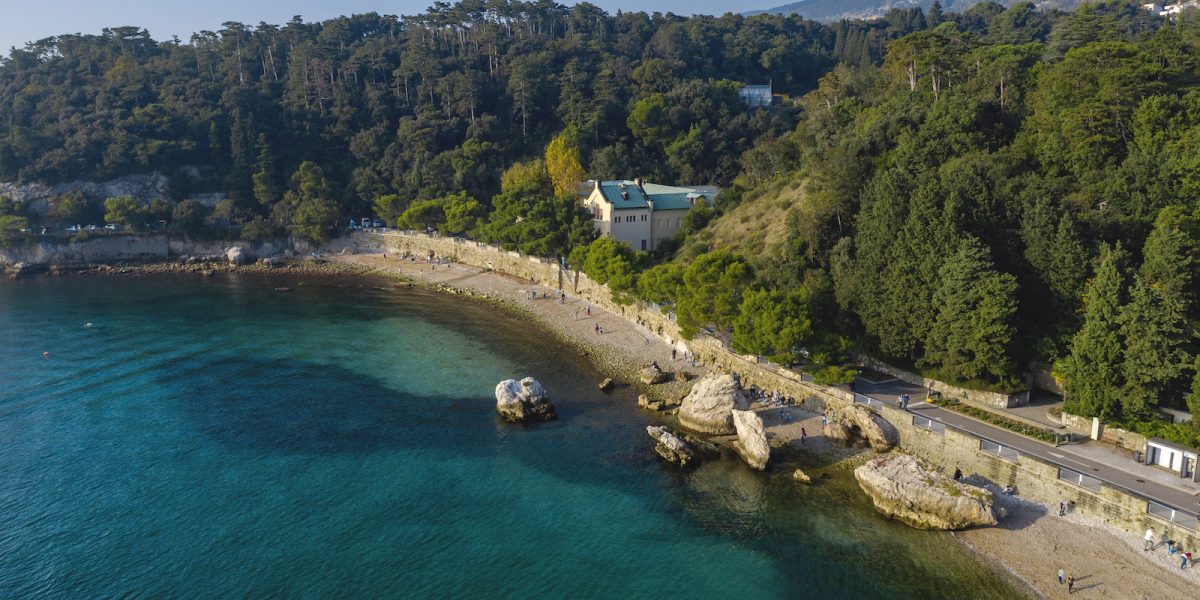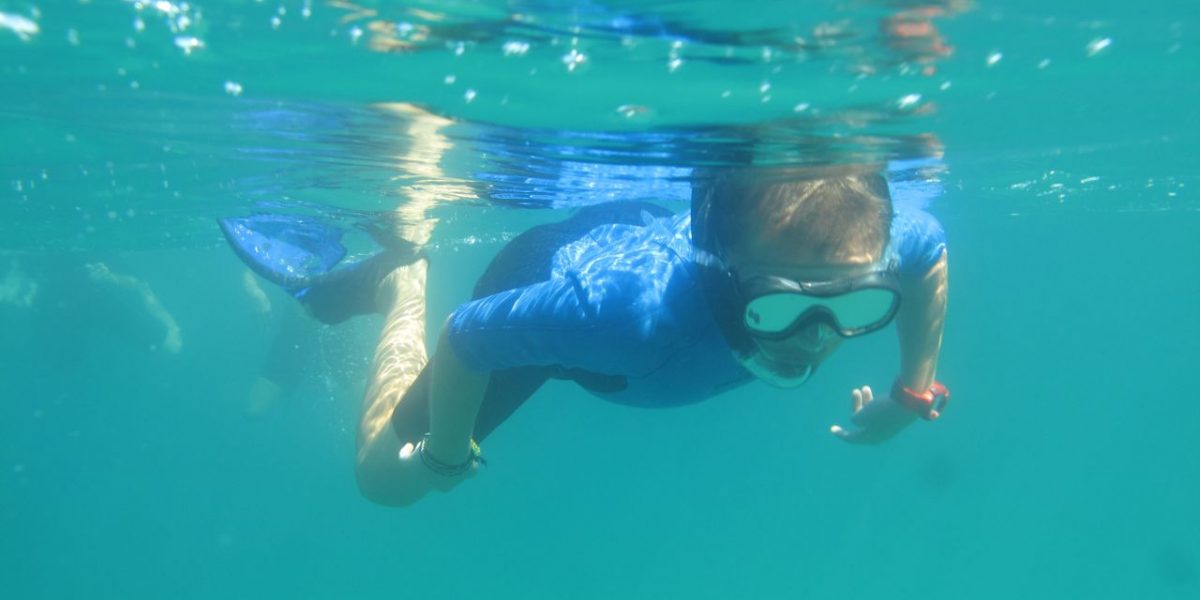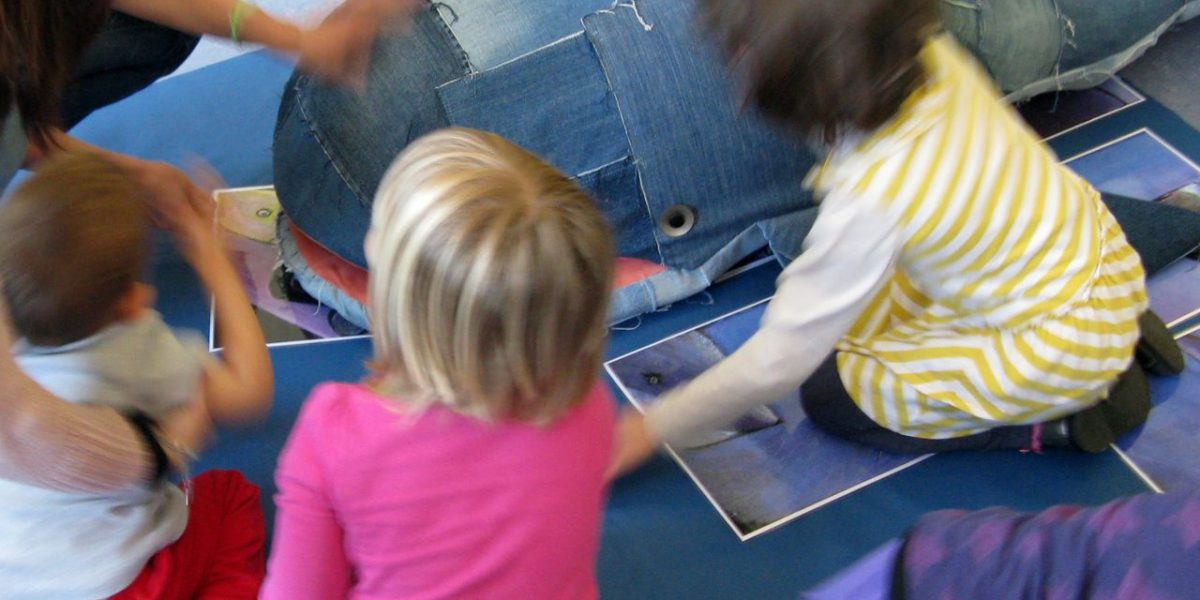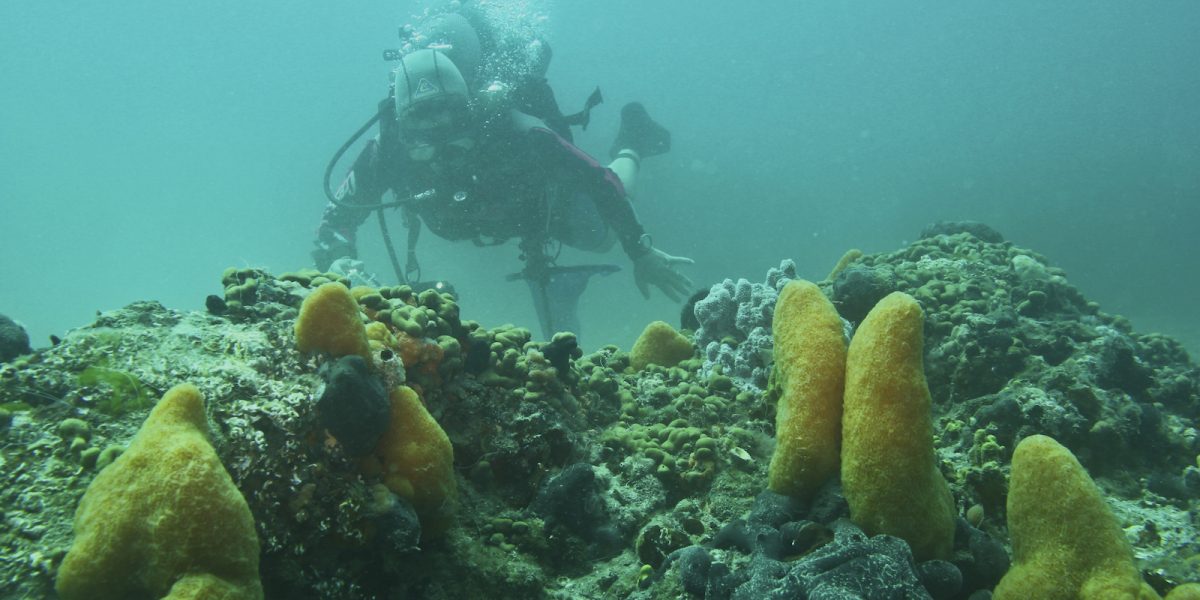From coastal detritic to artificial reefs, from sandy and muddy seabed to the open sea; the Miramare Marine Protected Area is in every respect a concentration of biodiversity of both habitat and species. The protected marine-coastal stretch represents a precious biological unicum. Despite its limited surface area and shallow waters, it has diversified into specific micro-environments, which reflect the presence of four distinct areas. These all have a very high density and diversity of animal and plant organisms, and are: the tidal environment, the detritic and reef environment, the sandy and muddy seabed, and the pelagic zone.
Particular to the environment of Upper Adriatic is the intertidal zone that lies between the minimum and maximum levels of the tide. This is periodically above and below water every six hours. In the Gulf of Trieste these periodic fluctuations in sea level can be of up to almost two metres, in certain conditions. As a consequences the species that populate this environment have developed their own adaptive strategies in order to survive in the dry conditions. So during the hours of low tide they are able to avoid both dehydration and the risk of being eaten by predators.
On the beach of the former Stables the extent of this environment is particularly noticeable. The peacock blenny (Salaria pavo) Miramare’s symbolic species lives here, it is a fine example of this adaptability and a true “fish out of water”. However, among the barnacles, mussels, crabs, beadlet anemones and connemarra clingfish, there are also many other organisms that have developed and refined ingenious strategies to survive out of the water without dying of dehydration. These also include algae, among which the brown alga (Fucus virsoides) stands out, as an authentic biogeographical relic from the last ice age, but which is noe in rapid and drastic decline throughout the Gulf of Trieste.
Where the marine substrate is made up of rock or artificial quay (like the reef beneath the walls of Miramare Castle, or the Sphinx pier), every ravine teems with life. In fact, the cavities and rocky protrusions constitute an excellent substrate for anchoring plants and benthic organisms, such as green and brown algae, organ pipe sponges and sea anemones. At the same time it offers an ideal habitat for crabs, octopuses, lobsters and madrepores (a genus of stony corals), and also for the nesting of different species of fish, such as wrasse, damselfish and brown meagre (or corb), all for which populate Miramare in very large numbers. Some organisms, suchas date mussels and boring sponges, have even adapted to live inside the reef, by digging into it and corroding it, so as to obtain their own living space inside this natural “submerged condominium”.
It is in this environment that accompanied by WWF guides, snorkellers and divers can most enjoy the spectacle of the extraordinary biodiversity of the marine area. Even among the avifauna there are those who prefer the reef. This true in the case of the European shag (Phalacrocorax aristotelis), or “tufted” shag, when literally translated from Italian, which describes its appearance very well. It is protected by the Natura 2000 network and is easily observable on the Miramare sea stacks, which it uses as perches, from where it dives to hunt underwater.
away form the cliff, the amazing variety and polychromy of species fades into the apparent monotony of sandy and muddy seabed that is characteristic out into the open sea. However, it only appears to be monotonous, as sole, cuttlefish, sea cucumber, brittle stars and serpent stars all live here but are busy competing with one another to blend in on the bottom; hiding from the sight of darting benthic fish such as mullet and dogfish. Among the most characteristic organisms, the Mediterranean fanworm, also known as the feather duster worm, (Sabella spallanzani) stands out. It is a filtering annelid that inhabits an elongated tube of thickened mucus out of which a picturesque crown of feathered gills protrudes. The largest bivalve mollusk in the Mediterranean is also typical of these sea beds. Called the noble pen shell or fan mussel (Pinna nobilis), its shell, which is up to 50 cm high provides a microhabitat for many organisms, including sponges, ascidians, mollusk and crustaceans.
The noble pen shell has historically been present in the Reserve in very high numbers. However, since 2019 its survival in the entire Gulf of Trieste has become seriously threatened by the arrival of a parasite that has already decimated the populations of this large mollusk throughout the Mediterranean.
Far from the shoreline and the reefs, in the so-called ‘free waters’, thousands of micro and macro organisms float. These form the basis of the marine food pyramid. There are zooplankton and phytoplacton, the vegetable component of the oceans, which together with algae, marine plants and terrestrial forests are responsible for producing the oxygen necessary for life on our planet.
The pelagic environment is shallow in the Reserve and in the Gulf of Trieste in general (where the sea reaches approximately 25 metres in depth). It is visited by all the great swimmers, in- cluding blue sharks, tuna, dolphins, squid and sea turtles, which with a little luck can be seen, when they occasionally make their appearance in the Gulf; perhaps while they are returning north in the Adriatic Sea from the deepest Slovenian and Croatian seas. The jellyfish are far more abundant, and in spring time form real swarms. There are also numerous sea birds, in- cluding gannets, shearwaters, mizzen loons, grebes and sandwich terns, which are present at different times depending on the seasons.
Discover the MPA throughout the year, with a visit to the BioMa – the Marine Biodiversity Centre. This is the Marine Protected Area’s immersive museum. It is situated in the former Miramare Stables and offers the visitor the opportunity to ‘immerse’ themselves in the great variety of the Reserve’s environments. It follows a path from the sea’s surface to its depths and from macro to micro animal and plant organisms.
Discover the MPA during the summer, on a guided snorkeling tour. These tours are led by WWF staff inside the protected area, only a few metres from the shore and in complete safety. It is here you will discover the seabed and the variety of underwater environments that surround the Miramare promontory.
Throughout the year, schools, (all schools and age groups), public and private summer camps, recreation centres, scouts, sports and youth associations, can all take part in the guided tour of the BioMa and in the programme of educational activities. These are updated every year by the WWF staff and include a wide range of laboratory and field activities for discover- ing the marine-coastal environment, its rich biodiversity and delicate balance.
Throughout the year, licensed scuba divers can make daytime or nighttime dives. They are accompanied by their instructors and a qualified WWF staff guide and can explore the extraor- dinary diversity and abundance of the species that populate the reef and the seabed of the Reserve, following an itinerary that winds along the foot of Miramare Castle.
